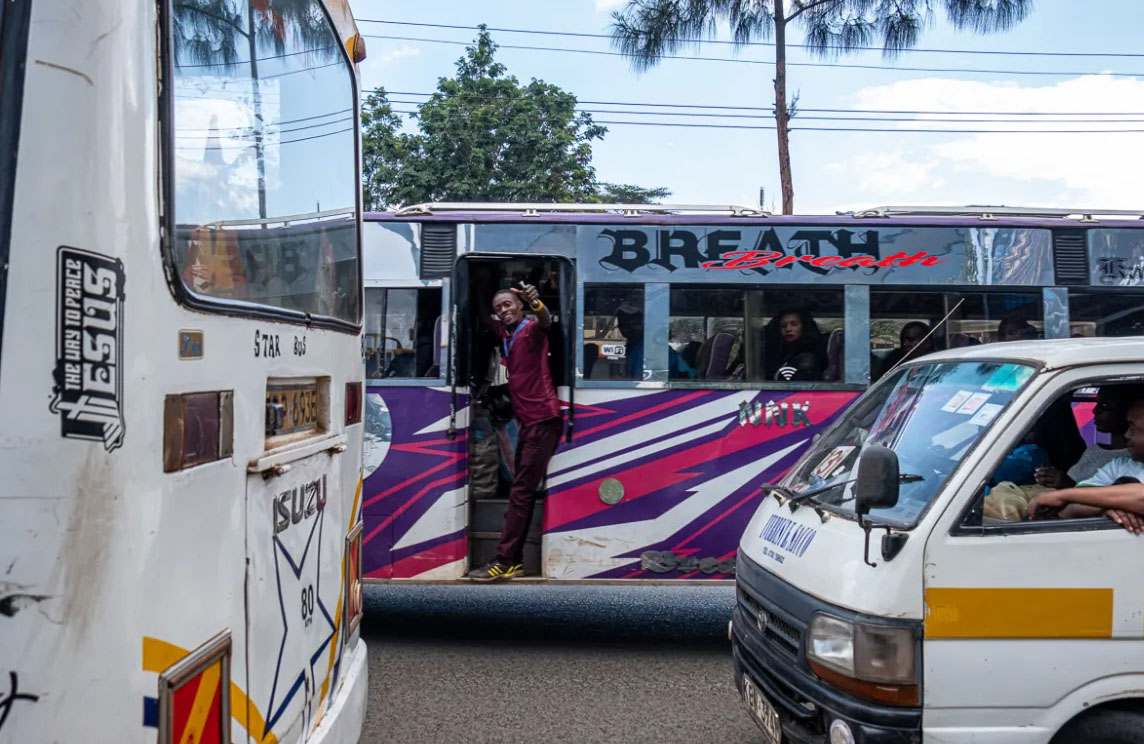
-
Related Articles
-
BURKINA FASO BURNS SEVERAL FOREIGN MEDIA OUTLETS
Photo Credit: File Photo Burkina Faso is currently under the rule of a military junta that came to...
-
THE TALE OF MANSA MUNSA
Photo Credit: Mansa Musa also known as Musa I of Mali, was one of the most significant rulers of...
-
DAM BREAKS AS HEAVY RAIN PERSISTS IN KENYA
Photo Credit: File Photo A tragic incident has occurred in Kenya where approximately 50...
-
SIERRA LEONE’S ENERGY MINISTER RESIGNS AMIDST POWER BLACKOUT
Photo Credit: File Photo On Friday, Sierra Leone's Energy Minister Kanja Sesay resigned, taking...
-
NELSON MANDELA THE EPITOME OF SUCCESS
Photo Credit: Getty Images Born in 1918 in a small village in the Eastern Cape of South Africa,...
-
SUSPECTED JIHADISTS ABDUCTED MORE THAN 110 CIVILIANS
Photo Credit: Getty Images Central Mali has been plagued by violence and insecurity caused by...
-
21 DEAD AFTER A BOAT FULL OF MIGRANTS CAPSIZED OF DJIBOUTI
Photo Credit: AFP Tragedy struck off the coast of Djibouti, claiming the lives of at least 21...
-
KENYA AND PARTS OF EAST AFRICA FLOODED AFTER HEAVY RAINS
Photo Credit: AFP Kenyan residents in various parts of the country are suffering heavy losses due...
-
BOTSWANA’S PRESIDENT THREATENS TO SEND 20,000 ELEPHANTS TO GERMANY
Photo Credit: AFP In a bold move that has stirred international controversy, Botswana's President...
-
A TRIUMPH OF RESILIENCE AND DETERMINATION TO GAIN KENYAN INDEPENDENCE
Photo Credit: BBC Colonized by the British in the late 19th century, Kenya endured decades of...
-
THE LAST ASSIGNMENT OF THE KENYAN CDF FRANCIS OGOLLA
Photo Credit: Brian Iganga Chief of Defense Forces Francis Omondi Ogolla tragically passed away on...
-
THE GREAT WORKS OF THE LATE CHIEF OF DEFENCE FORCES FRANCIS OGOLLA
Photo Credit: File Photo The nation of Kenya is grieving the loss of Chief of Defence Forces...
-
BURKINA FASO BURNS SEVERAL FOREIGN MEDIA OUTLETS






















